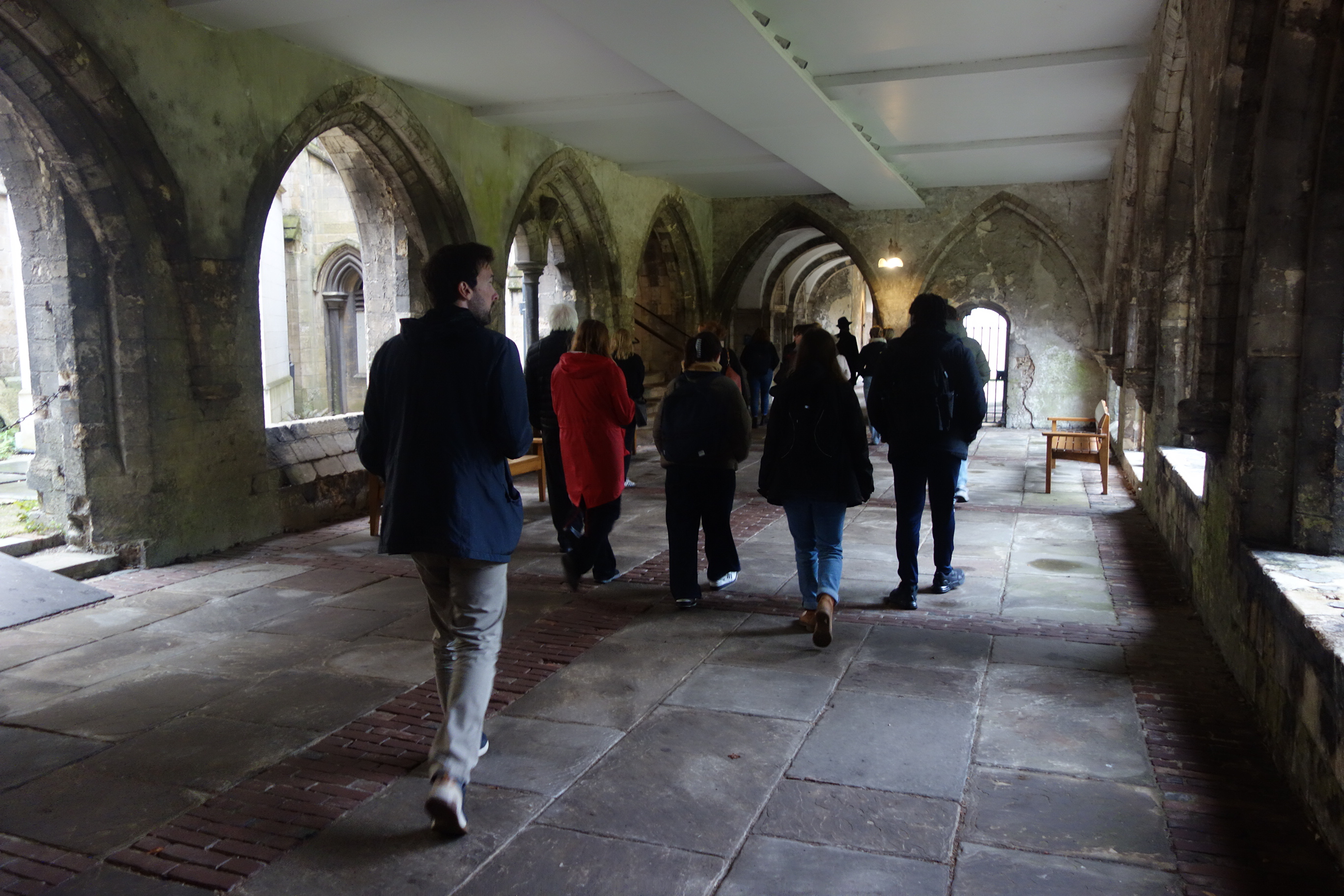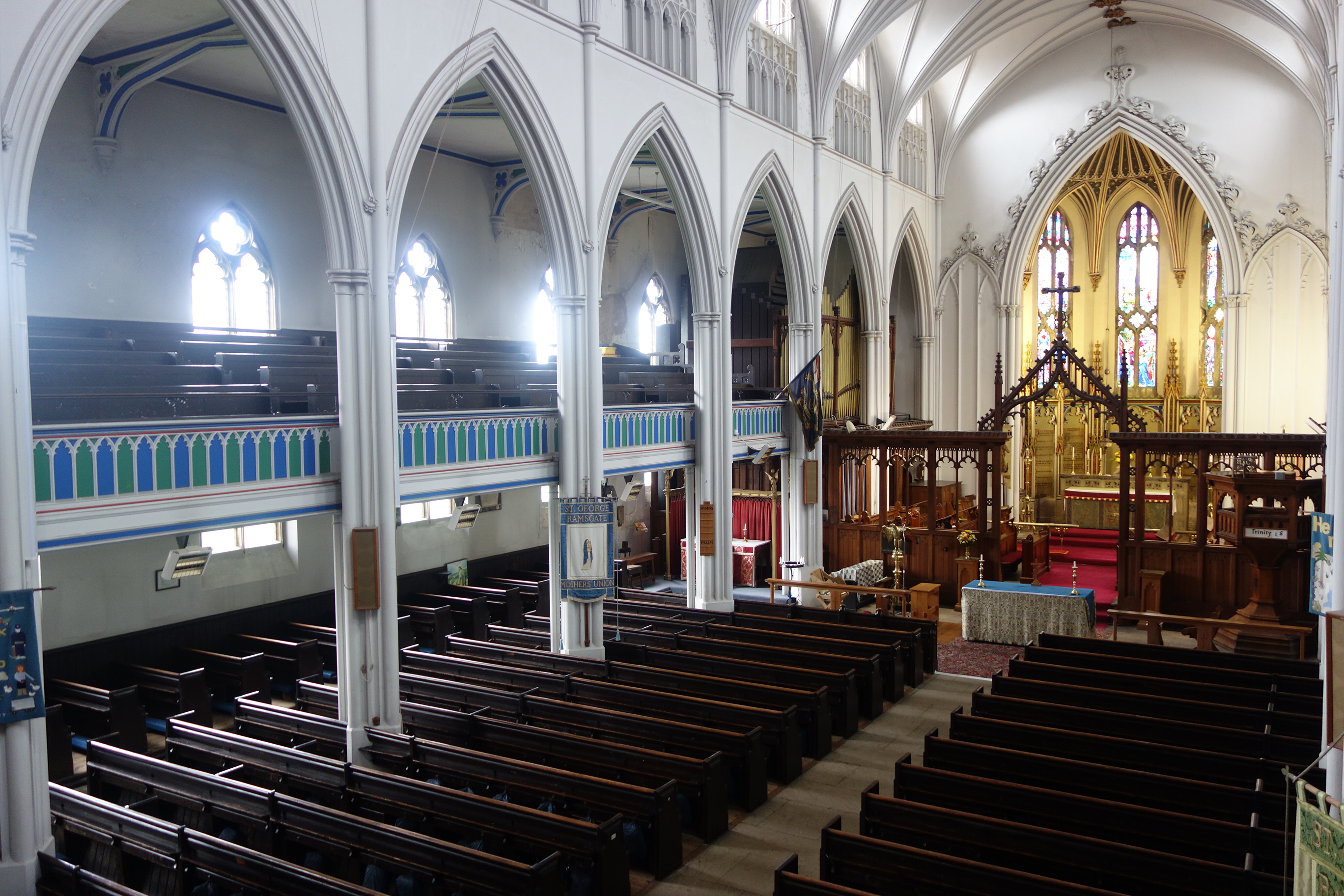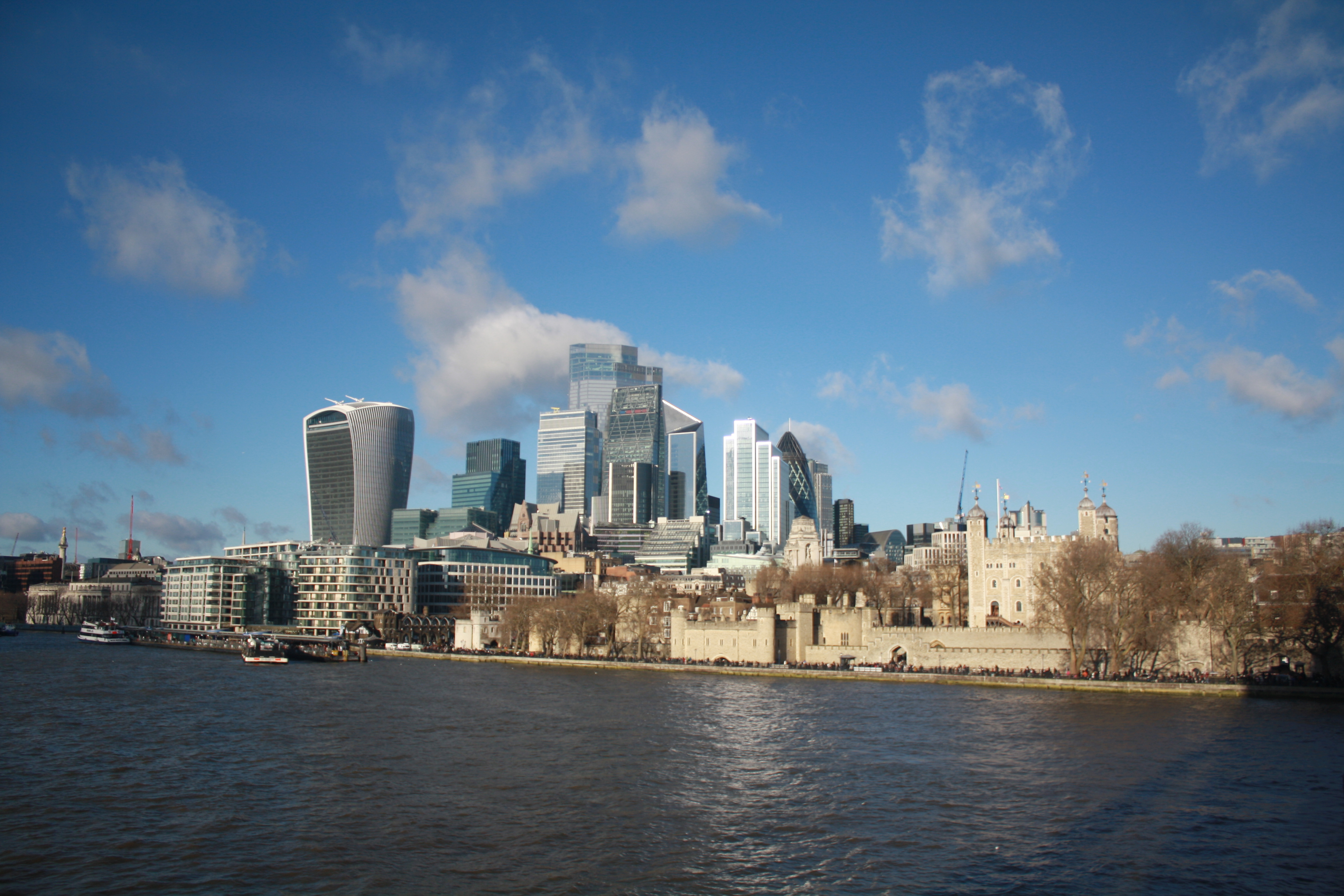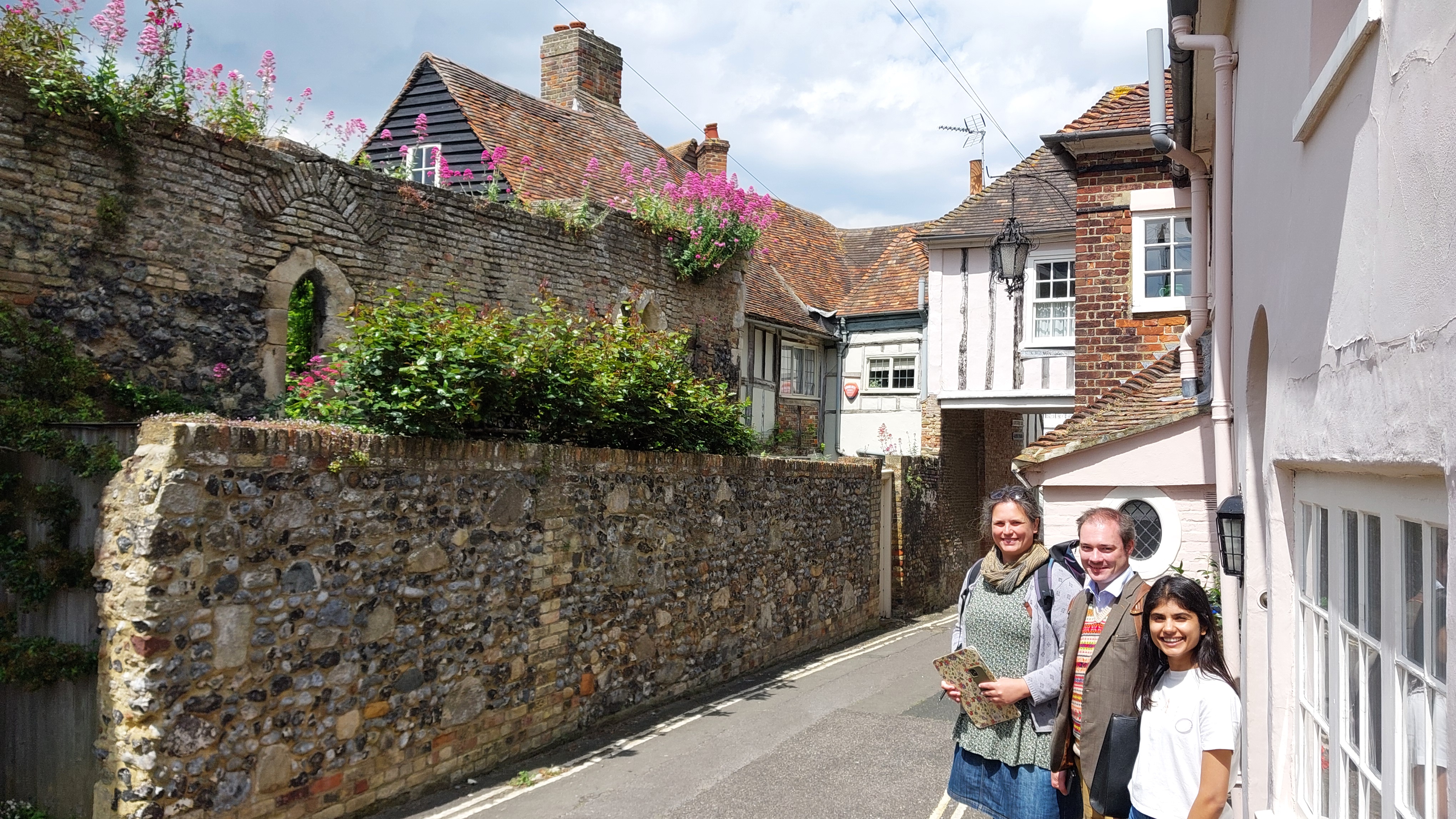This blog includes some firsthand accounts from our current students, sharing their personal journeys through the world of Architectural Conservation. This month, current student Julia Edwards dives into how our programme’s lectures sparked her journey into exploring a rich and diverse architectural heritage.
Ten weeks in, and it’s fair to say I can’t remember another time I have learnt so much over a relatively short space of time – and I have studied two master’s degrees previously! – or wanted to immerse myself so completely in a subject. I’ve brought a landscape architecture and town planning background with me, not a world away from architectural conservation. However, history and conservation philosophies are new to me, and the first term’s module ‘Conservation Principles’ provided a thorough introduction into this field. Lectures have taken the class on journeys around Rome, Greece and London. Asking the question ‘what is the significance of this?’, they encouraged us to see places with fresh eyes, not only for their physical and historical value but also for their underlying significance and meaning.

A long-overdue Historic England membership was swiftly purchased and trips around the south-east have been made to put the fresh eyes into use. Seeing familiar sights in a new light is stimulating stuff, and I’m pleased to report that I now know it also exercises Historic England’s own conservation principle that everyone should be able to participate in sustaining the historic environment and learning is central to this, through raising awareness and understanding of our own heritage.

Lectures have been lively, and inspired weekly discussions with students from a wide range of professional backgrounds: architects and interior designers debate subjects alongside historians and planners. Students are encouraged to bring work into class to critique, and the momentum of this regular feedback has been supported by interim presentations on assignment progress, quite handy when the default position might have been to really get going just before Xmas.
Ramsgate, Church of St. GeorgeThe assignments themselves have required a mountain of research and accelerated learning, but each have consolidated the lectures in terms of understanding architectural periods and styles (something I’ve wanted to do since spending a fortnight in Prague with an urban design group over a decade ago but never found the time!), and a focussed essay on a building or area, researched according to five interrelated conservation categories. I chose the City of London, and whilst the vast scope of the subject area has sometimes left me feeling I made a rod for my own back, it has set me on a fascinating journey into London’s history, new territory for me. A year ago, I would not have imagined that my bedside book would be ‘The Secret History of Georgian London – How the Wages of Sin Shaped the Capital’ but here we are.

One of the earlier lectures was titled ‘How did it all start?’ Well, for me it all started in a lecture room in the Canterbury campus of Kent University, and with one term under my belt I have a new relationship with all things historic and hugely looking forward to next term’s module ‘Structural Appraisal of Historic Buildings’!
